In modern football, tactical innovations continue to shape the way teams attack and defend. One such tactical movement that has gained prominence is the underlap. While traditional overlaps are more widely recognized, underlaps provide teams with a unique way to exploit space and break defensive structures. By utilizing intelligent movement and positional awareness, teams can create numerical advantages and open up goal-scoring opportunities. This article delves into the mechanics, benefits, execution, and defensive responses to underlaps, highlighting their significance in contemporary football tactics.
What Are Underlaps in Football?
An underlap is a tactical movement in football where a player makes a run on the inside of a teammate rather than outside. This movement is commonly used by fullbacks, wingers, and central midfielders to exploit central spaces, disrupt defensive structures, and create goal-scoring opportunities.
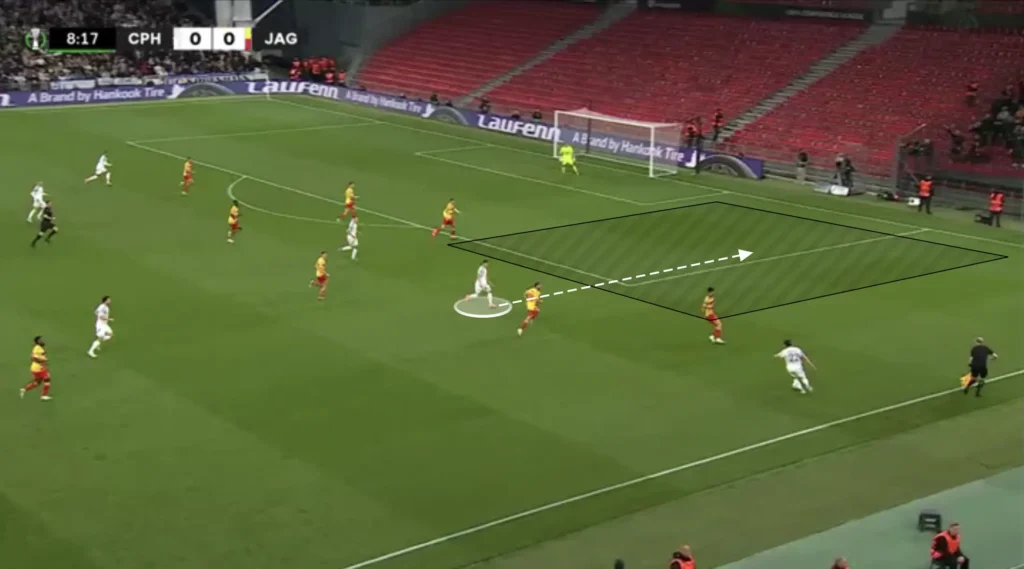
Unlike traditional overlaps, which focus on stretching the play wide, underlaps aim to penetrate between defensive lines, often in half-spaces. This allows teams to progress the ball into dangerous areas with a higher chance of creating goal-scoring opportunities.
How Underlaps Are Executed
The execution of underlaps involves coordinated movement and intelligent positioning. Here’s a typical scenario:
Wide Player Holds Width – A winger or fullback stays wide to stretch the defense.
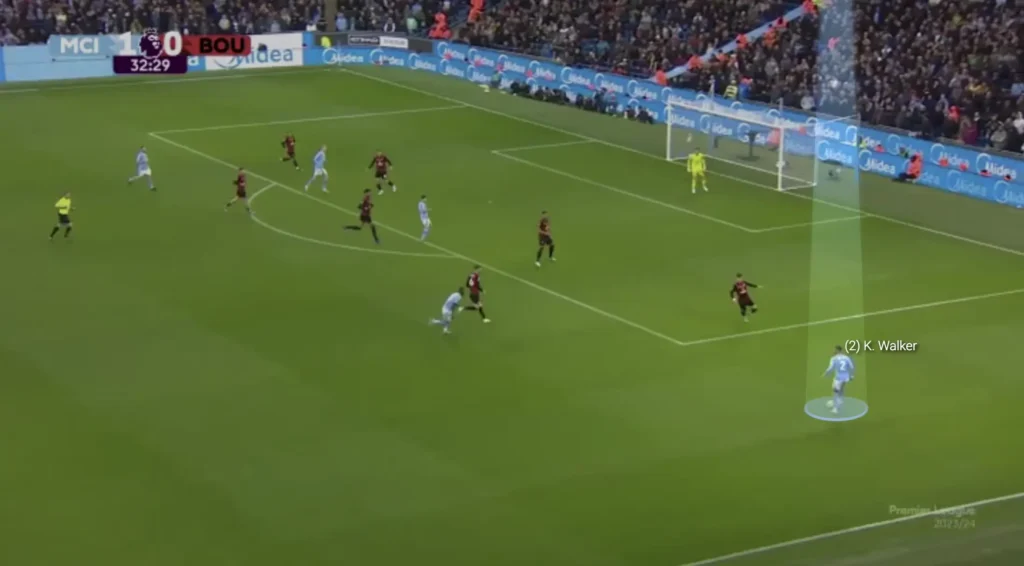
Inside Runner Attacks Space – A fullback, midfielder, or another attacker makes an underlapping run into the inside channel.
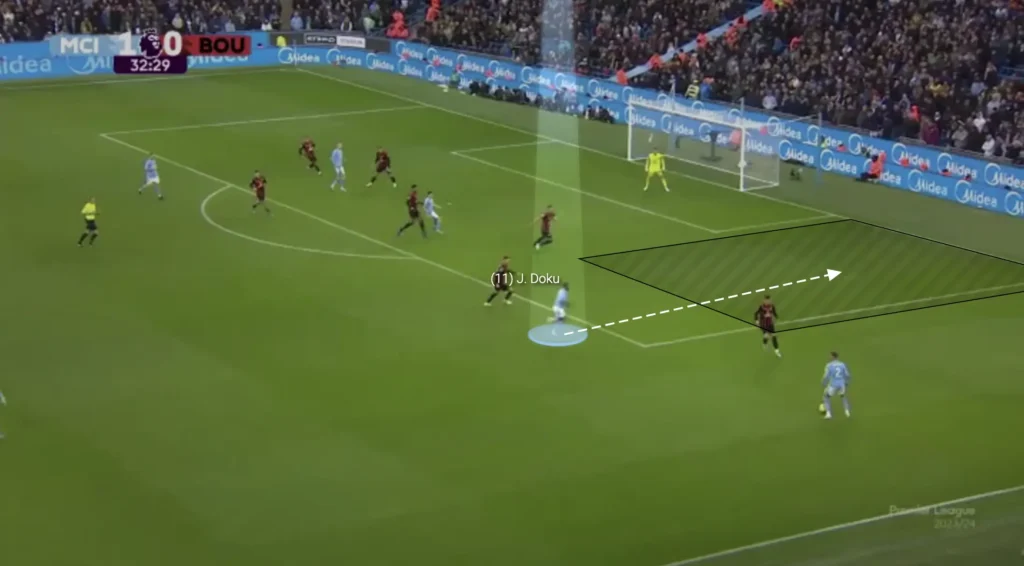
Ball Progression – The ball carrier plays a through pass to the runner.
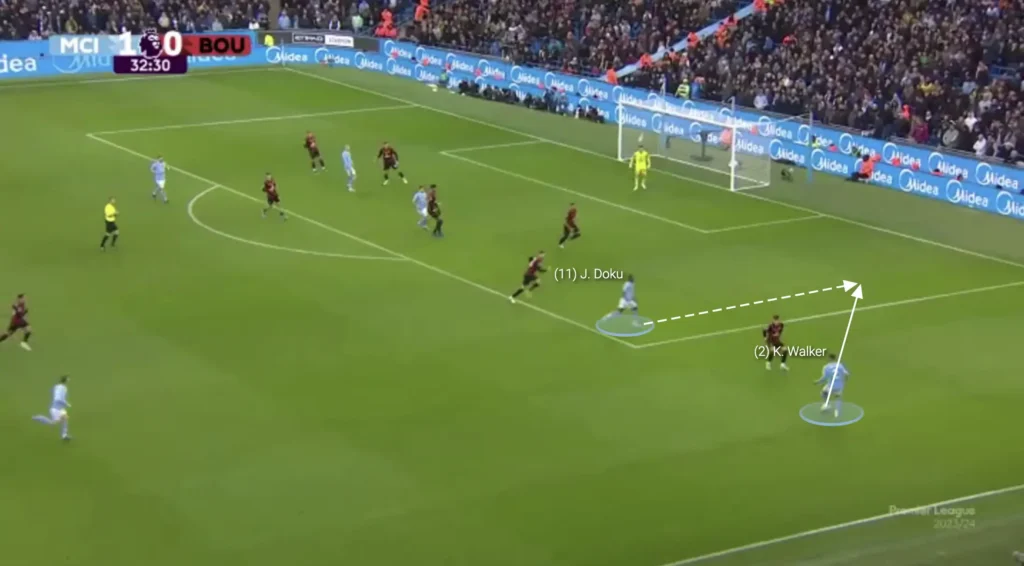
Decision Making – The runner can either cross, shoot, or lay off a pass to a teammate in a better position.
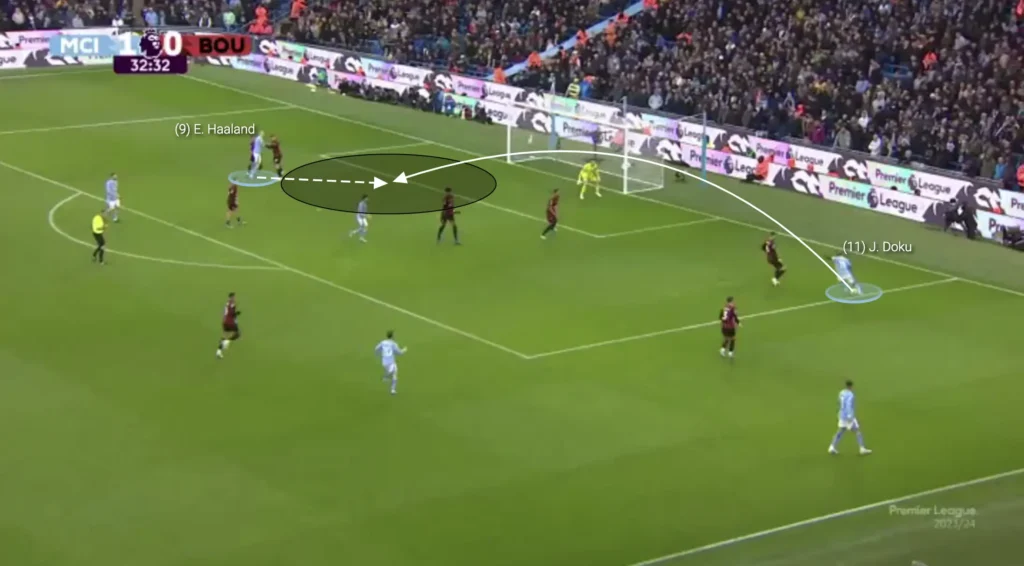
The Tactical Purpose of Underlaps
Underlaps serve multiple tactical purposes, including:
1. Breaking Defensive Structures
By making an inside run, players force defenders to make difficult choices—either track the runner and open space elsewhere or stay in position and risk allowing a player through on goal. The ability to break the defensive shape is crucial in breaking down low-block teams and unlocking compact defenses.
In this situation, for example, a winger has the ball out wide, and an attacking midfielder is making an underlapping run on the inside. The run from the attacking midfielder drags away an opposition defensive midfielder, which opens the space inside. The winger can take the ball inside and shoot or find a pass to a free player in front of the backline.
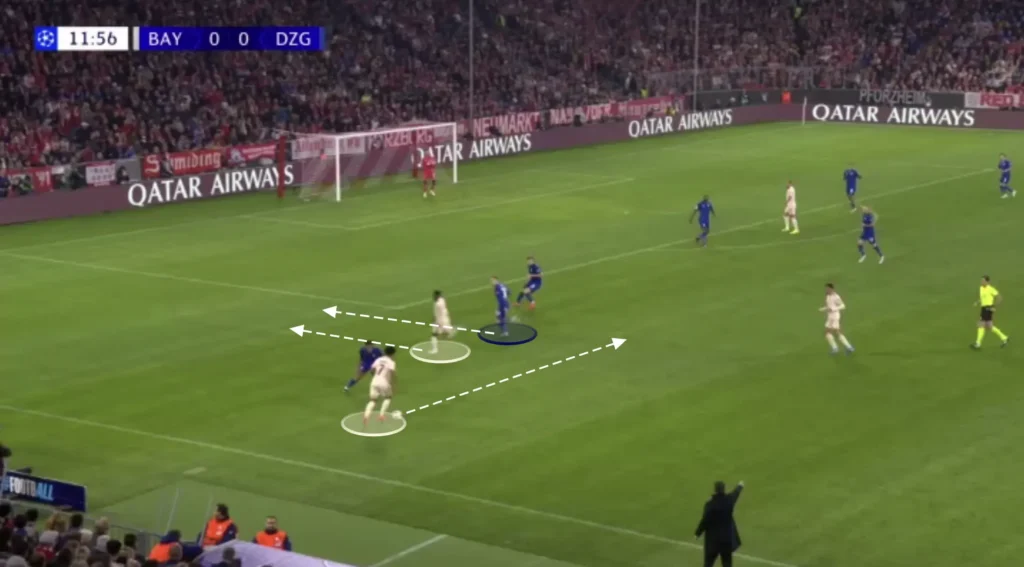
2. Creating Numerical Advantages
Underlaps help create overloads in central areas, particularly when midfielders or attacking fullbacks join the attack. This can overwhelm defenders and open up passing lanes. When multiple players make coordinated movements, it increases the attacking team’s chances of bypassing defensive lines.
3. Enhancing Positional Play
Teams that prioritize positional play, such as Manchester City and FC Barcelona, use underlaps to manipulate opposition defenses and maintain fluidity in possession. By frequently interchanging positions and using underlapping movements, teams can maintain control and make it difficult for the opposition to stay organized defensively.
4. Exploiting Half-Spaces
The half-spaces—the zones between the wing and the central midfield—are key areas where underlaps are most effective. These runs allow teams to penetrate defensive lines without being forced wide. Exploiting half-spaces increases passing angles and attacking unpredictability, making it harder for defenders to anticipate movements.
Key Detail: The Positioning of the Underlapping Run
An interesting detail about the underlap is that the player making the run should usually do so very close to the fullback. The objective of this is to create a significant dilemma for the opposition players in the center, the ball-side central midfielder and center-back. If the runner makes the underlapping run too close to the center, the opposition center-back or central midfielder who looks to track the run does not have to leave his position much to defend against it. This allows him to protect the space in the box while still covering the underlap.
However, if the runner—like Kevin De Bruyne often does—makes the underlapping run close to the fullback, it forces the opponent to leave his position much more in order to track the run.
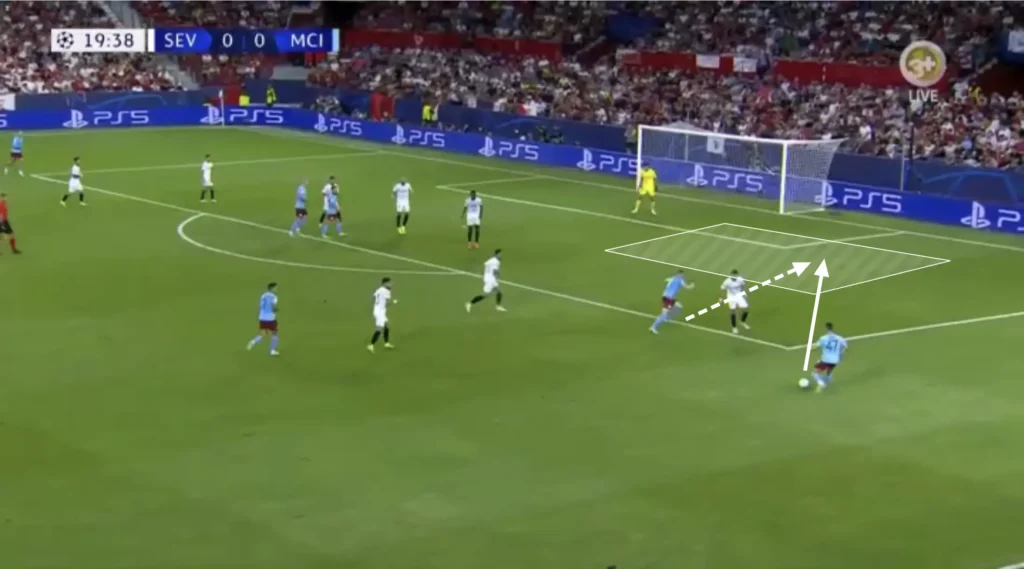
This movement then opens up space inside, creating greater attacking opportunities. The bigger the question for the opponents—whether to stay in their position or track the run—the more effective the underlap becomes.
How to Defend Against Underlaps
Defending against underlaps requires disciplined positioning and awareness:
- Compact Defensive Shape – Keeping a tight defensive structure reduces space for underlapping runs.
- Tracking Runners – Midfielders and defenders must communicate and track underlapping players to prevent penetration.
- Defensive Overloads – Creating numerical superiority in central areas helps nullify underlaps.
- Zonal Marking – A well-organized zonal marking system can limit the effectiveness of underlaps by denying key passing lanes.
- Forcing Play Wide – By forcing attackers to move wide rather than inside, defenders can reduce the attacking threat posed by underlaps.
Conclusion
Underlaps are a crucial tactical tool in modern football, providing teams with an alternative to traditional wide play. By exploiting the half-spaces, creating numerical advantages, and breaking defensive lines, underlaps add another dimension to a team’s attacking play. Understanding their mechanics can help players, coaches, and analysts appreciate the intricacies of positional football and attacking strategies.
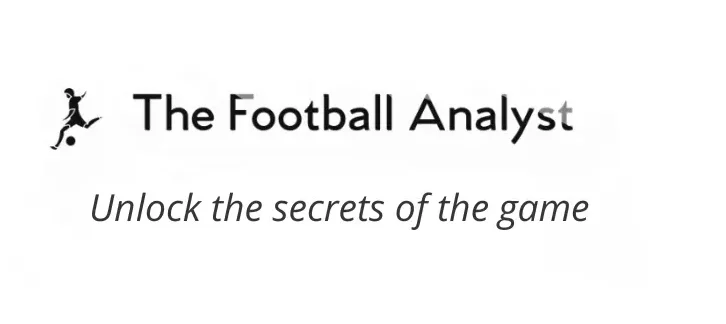
Brilliant breakdown of underlaps and their tactical impact! 🔥 The way modern football has evolved beyond traditional overlaps is fascinating, and this deep dive really highlights how teams like Man City and Bayern use underlaps to break defensive structures and dominate the half-spaces. The emphasis on creating dilemmas for defenders—forcing them to either track the runner or hold their position—is a game-changer in positional play.
Also, the defensive countermeasures were spot on! Teams that fail to track these runs or stay compact will get exposed. Love the level of detail here—football tactics at its finest! ⚽🔍👏 #TacticalMasterclass #FootballAnalysis #Underlaps